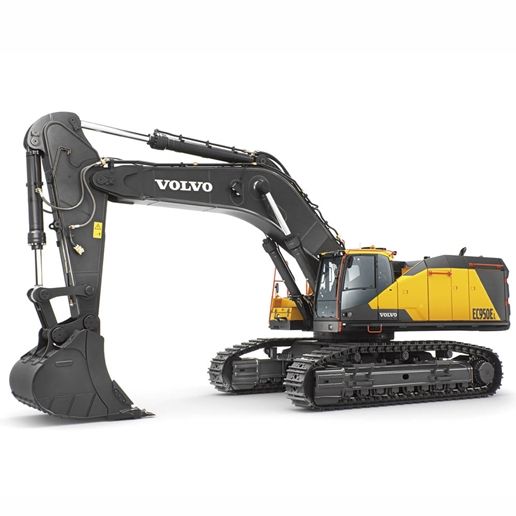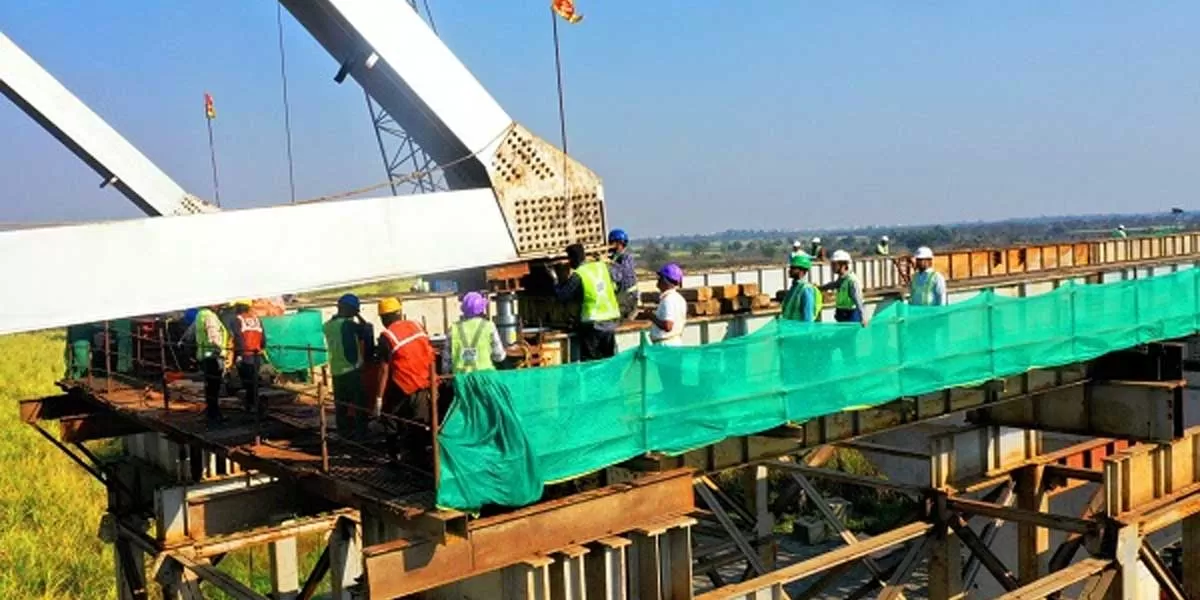
Volvo launches EC530E and EC550E, the company’s biggest excavators


NABARD Approves Rs 9.03 Billion for 127 Projects in Himachal
The Himachal Pradesh government has secured approval from the National Bank for Agriculture and Rural Development (NABARD) for 127 projects worth Rs 9.03 billion for the 2024-25 fiscal, Chief Minister Sukhvinder Singh Sukhu announced. During a meeting with MLAs from Kangra, Kullu, Kinnaur, Solan, Chamba, Bilaspur, and Lahaul-Spiti districts to discuss priorities for the 2025-26 budget, Sukhu said the approved projects include 50 MLA-priority schemes under the Public Works Department, valued at Rs 4.12 billion, and 23 MLA-priority schemes under the Jal Shakti Vibhag, costing Rs 1.79 billio..

6th Open Web Girder Launched for Mumbai-Ahmedabad Bullet Train
M G Contractors Pvt. Ltd. (MGCPL) has successfully launched the sixth open web girder (OWG) bridge for the 508.17 km Mumbai-Ahmedabad High-Speed Rail (MAHSR) project. The 100-meter-long steel bridge for GAD-12, part of MAHSR’s Package P1(B), was installed over the Western Railways’ Baroda-Surat line and the Western Dedicated Freight Corridor (WDFC) in Gujarat. The launch site, located between Sayan and Kim near Surat, lies between MAHSR’s chainage KM 285+927m and KM 286+007m. Standing 12.5 meters tall and 14.3 meters wide, the 2,000 MT bridge was positioned using rollers and hy..

Atishay Wins Rs 1.95 Million Smart Classroom Order in Himachal Pradesh
Atishay Limited has been awarded a Rs 1.95 million contract (inclusive of all taxes) by the Technical Education Department of Himachal Pradesh for the integration of a Smart Classroom at the Government College of Pharmacy, Ghorab, Kangra. As the designated System Integrator, Atishay will implement advanced educational technologies, including interactive learning tools, digital connectivity solutions, and seamless system synchronization to create a technology-driven learning environment. This project follows the company’s recent Smart Classroom integration at the Principal Governmen..













